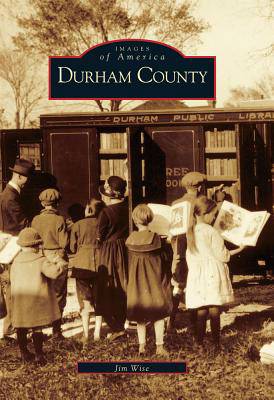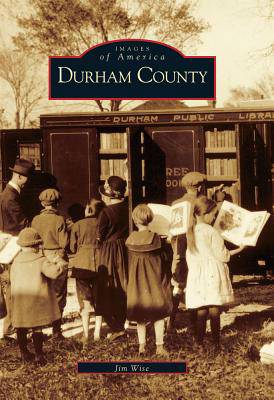
- Afhalen na 1 uur in een winkel met voorraad
- Gratis thuislevering in België vanaf € 30
- Ruim aanbod met 7 miljoen producten
- Afhalen na 1 uur in een winkel met voorraad
- Gratis thuislevering in België vanaf € 30
- Ruim aanbod met 7 miljoen producten
Zoeken
Omschrijving
Possessing a landscape as diverse as its population, Durham County represents the changing face of North Carolina, a place and personality steeped in Southern traditions, yet redefined each passing year by new strides in technology and industry. Created in 1881, the county evolved over the decades from its humble roots as a rural Carolina railroad stop into an affluent, dynamic, and cosmopolitan community spurred on by the alternate successes of tobacco, textiles, and now, medical research. This volume, with 195 black-and-white photographs, celebrates, in word and image, the fascinating story of Durham County, tracing its history from before the county's creation through the remarkable years of the late nineteenth and twentieth centuries. From times characterized by a slower way of life to the accelerating modern day, Durham County allows readers a rare opportunity to step back into the past and explore the county anew, viewing its early farms, its budding downtown, the influential Hayti district (a center for black commerce), the many tobacco factories, and a selection of the numerous mills yielding a variety of products. However, this book is much more than just a portrait of Durham's commercial interests, but touches upon many elements of everyday life in the county: its personal side, covering families such as the Dukes and Bennehans; its educational opportunities, such as Duke University and North Carolina Central University; and its citizens at play, including the resurgence of Durham's famed minor-league baseball team.
Specificaties
Betrokkenen
- Auteur(s):
- Uitgeverij:
Inhoud
- Aantal bladzijden:
- 128
- Taal:
- Engels
- Reeks:
Eigenschappen
- Productcode (EAN):
- 9780738506579
- Verschijningsdatum:
- 8/11/2000
- Uitvoering:
- Paperback
- Formaat:
- Trade paperback (VS)
- Afmetingen:
- 168 mm x 233 mm
- Gewicht:
- 312 g

Alleen bij Standaard Boekhandel
+ 67 punten op je klantenkaart van Standaard Boekhandel
Beoordelingen
We publiceren alleen reviews die voldoen aan de voorwaarden voor reviews. Bekijk onze voorwaarden voor reviews.











